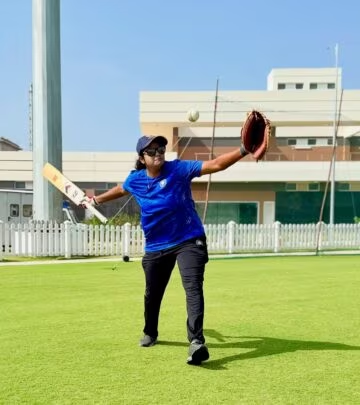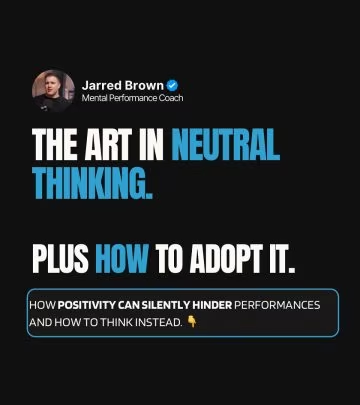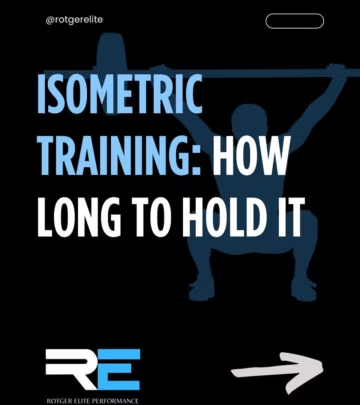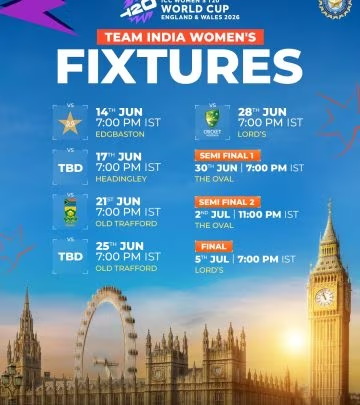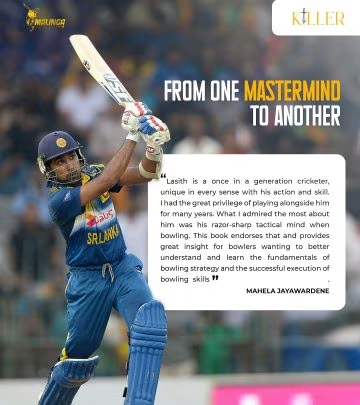Fast Bowling Attractors Redefine Biomechanics
Exploring PaceLab’s innovative attractor system that boosts stability and speed in fast bowling.
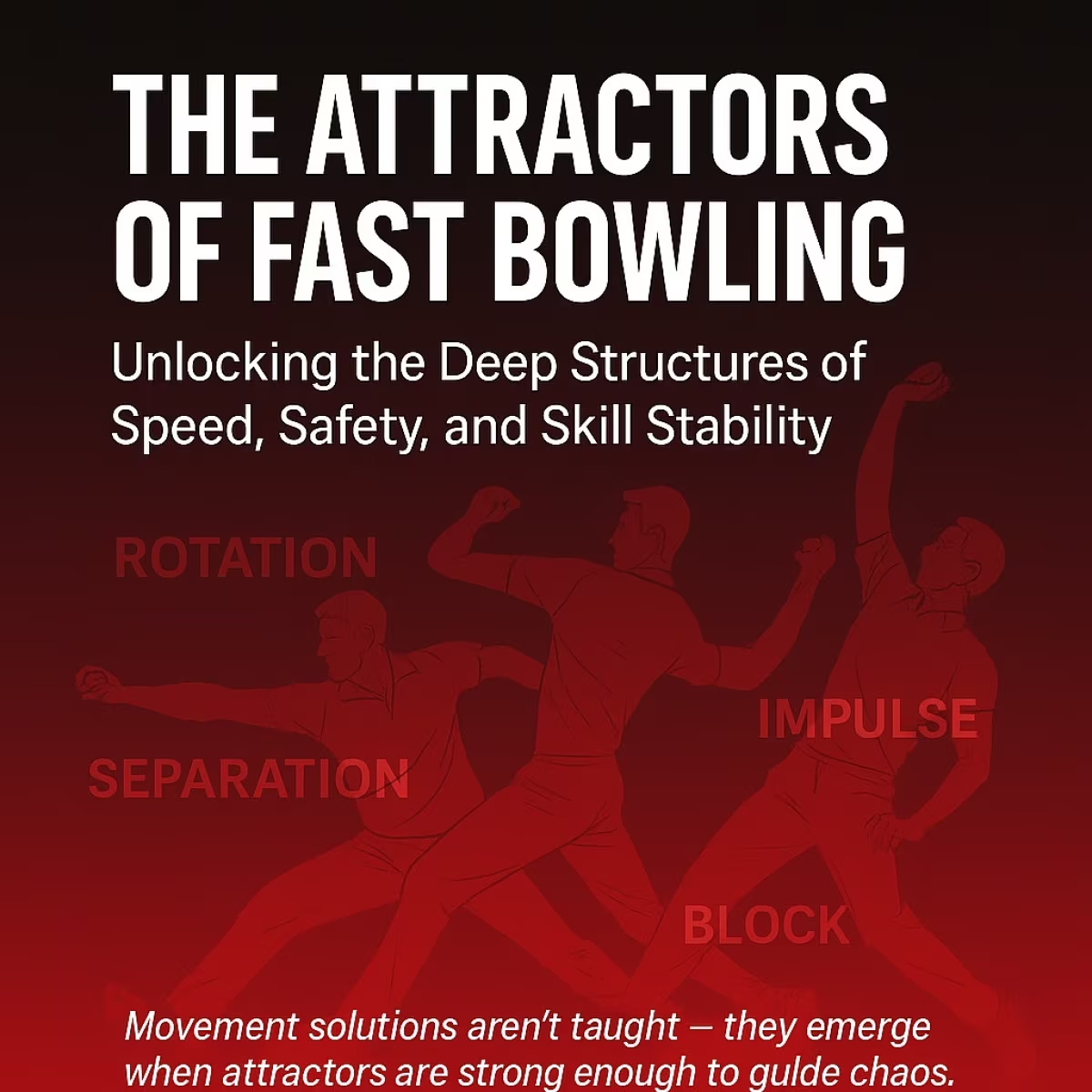
Image: Instagram
Fast bowling is a blend of explosive sprinting and precise overhead throwing, a balancing act that demands both power and control. Recent innovations by PaceLab are reshaping how coaches and players approach the biomechanics of fast bowling. By focusing on stable movement anchors, known as attractors, experts are redefining technical resilience in cricket.
Understanding Attractors
At the heart of this system is the concept of attractors, or stable movement signatures. According to PaceLab’s research, attractors are not rigid positions but dynamic checkpoints that help bowlers maintain efficiency and safety, even under fatigue. The system identifies 10 core attractors drawn from the biomechanics of sprinting, throwing, and fast bowling. These key elements—including shoulder girdle joint coupling, swing leg retraction, and proper foot plant—ensure that the bowler’s body moves as a cohesive unit under pressure. This approach offers a methodical way to counteract poor movement patterns while reinforcing elite form.
The methodology is built around the IICOR method, which stands for Identify, Isolate, Constrain, Overload, and Repeat. This iterative process is designed to rewire the athlete’s movement patterns, ensuring that even under physical stress, the body can maintain the proper technique that translates into speed and power. As explained by the PaceLab system, attractors create what is known as “stability under speed,” a concept critical when the difference between success and injury can be measured in milliseconds.
Biomechanical Breakdown
The biomechanical breakdown behind fast bowling is intricate. When a bowler releases the ball at full speed, the energy travels from the ground through the pelvis and trunk, culminating in the bowling arm’s explosive action. Every phase of movement must be fine-tuned. For example, timely hip lock and trunk dissociation create the foundation needed for these attractor patterns to emerge. These techniques are not just about increasing velocity; they also work to safeguard the bowler by preventing undue stress on the lumbar region.
This careful orchestration of movement is underscored by insights from experts such as Frans Bosch and representatives from Savage Velocity. Their contributions help verify the importance of coordinated joint actions in creating effective movement signatures. In fast bowling, even minor deviations can lead to a breakdown in the mechanics, reducing both performance and safety. The PaceLab system aims to ensure that every bowler, from budding talents to seasoned professionals, can maintain form even when fatigued.
Practical Applications And Coaching Innovations
Renowned coach and former fast bowling specialist, Steffan Jones, has been closely associated with these pioneering methods. Jones, whose career spans years of expertise and coaching excellence, is known for his work in both player development and biomechanical analysis. Jones has been influential in applying these attractor principles, integrating them into his coaching philosophy. In one of his popular Instagram updates, Jones highlighted his fast bowling membership program, emphasizing how decades of cricket strength and specialized training come together to deliver insights that help players refine their game.
In a related Instagram post, Jones detailed the evolution of techniques such as hip-to-shoulder separation. He explained that genuine separation is not merely about visual appeal but is crucial in building the elastic tension necessary for generating speed. His emphasis on timing over distance is a direct reflection of the attractor philosophy, where the focus is on how movements are executed rather than how extreme they appear.
Integrating Biomechanics Into Training
The PaceLab attractor system represents a significant leap forward in the field of cricket coaching. By breaking down fast bowling into repeatable elements that manifest as natural movement signatures, coaches can now pinpoint flaws and tailor training sessions to correct them. Whether it’s high proxy days that emphasize explosive, high-velocity drills or low proxy days focused on technical precision and recovery, the system’s alternation strategy is designed to protect the nervous system while maximizing output.
This approach not only enhances the player’s performance but also plays a vital role in injury prevention. When every component of the bowling action is aligned and finely tuned, the risk of stress-related injuries diminishes significantly. Coaches can thus cultivate a safe training environment, one where raw potential is transformed into a reliable, repeatable action that performs consistently under game pressure.
A New Era In Fast Bowling
The integration of attractors into fast bowling biomechanics signifies a new era in sports performance. By merging scientific insights with practical coaching, the system helps create technical resilience where it matters most: on the field during high-pressure situations. As the cricket community increasingly embraces these innovative methods, the emphasis is shifting from mere speed to a holistic approach that values safety, efficiency, and sustainability in performance.
This fresh perspective, driven by data-backed science and real-world coaching experience, is set to revolutionize the way fast bowling is taught and executed. Coaches and players alike are now united in a common goal: to unlock the full potential of athletic performance while sustaining longevity in the sport.
In wrapping up, the attractor-based approach by PaceLab is more than a technological innovation—it is a paradigm shift. By scrutinizing every element of the bowling mechanics and offering precise coaching strategies, it is paving the way for a safer and more dynamic future in cricket.
Steffan Jones and his colleagues continue to drive this evolution by consistently refining their techniques and sharing actionable insights through interactive platforms and real-time coaching sessions, ensuring that the legacy of fast bowling is both vibrant and resilient.
Read full bio of Srijita De


